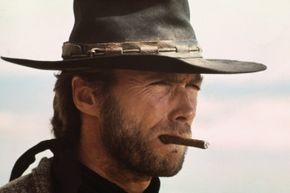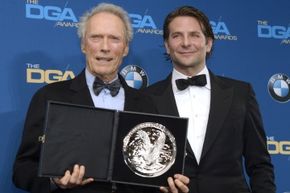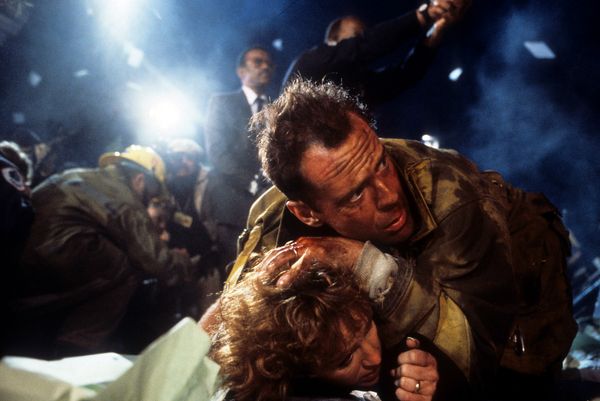"Avatar" without James Cameron. "E.T." without Spielberg. "Citizen Kane" without Orson Welles. What would some of history's greatest films have been like without their legendary directors? One could argue that these movies may have turned out completely differently if they were directed by someone else -- if they were even made at all.
The director is the creative driving force behind a movie. His job is to turn words on a page into images on a screen, to tell a story rich with imagery and to create films that will evoke emotions and deeper thought.
Advertisement
All of this movie-making magic doesn't just start when the director yells, "action!" It begins months, even years before at the start of pre-production. Before the director sets foot on a film set, he devotes tremendous time and energy to casting, storyboards, scouting out locations and planning every shot to help bring his vision to life. Once production begins, the director's job gets even more intense, as many directors work around-the-clock to film and wrap a movie.
But what if a director dedicates his time and energy to a movie, only to be unceremoniously fired before the film ever hits the screen? Not only would he suffer a creative loss but a financial one as well. Even worse, someone else would likely get credit for directing the film.
While directors once had relatively little protection against this kind of scenario, the Eastwood Rule, introduced in the 1970s, was designed to change that. Want to know how it helps protect a director's interests in a film? Keep reading to find out.
Advertisement





